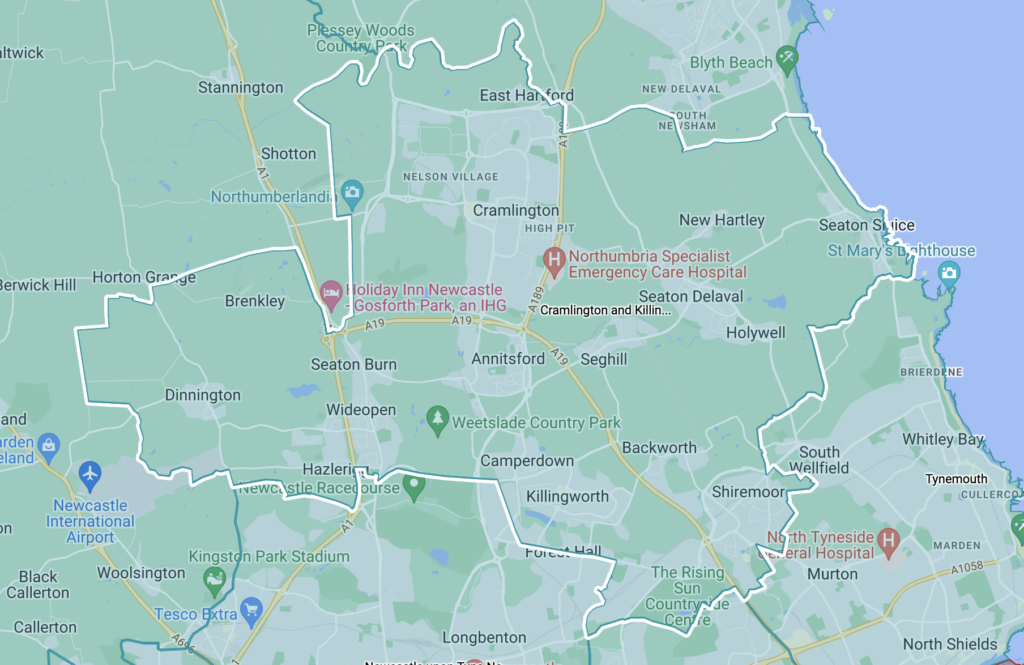Nestled in the heart of the North East of England, cramlington and killingworth are two towns that reflect both historical significance and modern development. While they share geographical proximity, each town boasts its own unique identity, history, and charm. Over time, these towns have evolved to meet the changing needs of their residents, balancing industrial heritage with contemporary life. This article will explore the distinctive features of cramlington and killingworth, diving into their past, present, and future.
Cramlington: From Coal to Community
Cramlington, situated in Northumberland, about 10 miles north of Newcastle upon Tyne, has a rich history that traces back to the early 12th century. However, it wasn’t until the 19th century, during the industrial revolution, that Cramlington truly began to flourish. The town’s development was primarily driven by coal mining, a key industry that transformed the area from a rural village into a bustling town. At its peak, Cramlington’s coal mines were among the most productive in Northumberland, with several collieries operating throughout the region.
By the mid-20th century, however, the coal industry had begun to decline, and the town faced an uncertain future. In response, local authorities initiated a bold regeneration project, transforming Cramlington into a “New Town.” This status brought substantial investment into housing, infrastructure, and commercial development. Today, the town boasts a well-planned urban layout, with green spaces and modern amenities, making it a desirable place to live.

One of Cramlington’s standout features is the Cramlington Learning Village, a state-of-the-art educational facility serving the local population. Alongside educational advancements, the town has seen significant healthcare investments, particularly with the opening of the Northumbria Specialist Emergency Care Hospital, a pioneering facility that has drawn attention for its innovative approach to patient care.
Shopping and Leisure in Cramlington
Cramlington is home to the Manor Walks Shopping Centre, a major retail hub that serves not only the town’s residents but also those from surrounding areas. With a wide variety of shops, restaurants, and entertainment options, including a multi-screen cinema, Manor Walks is the go-to destination for leisure activities. For nature lovers, Cramlington offers easy access to several parks and green spaces, such as Northumberlandia, a stunning land sculpture created from soil and waste materials from nearby surface coal mines. Known as the “Lady of the North,” this artwork is a tribute to the town’s industrial past and its connection to the land.
Transport and Connectivity
Cramlington is well connected to major roads and has its own railway station, providing easy access to Newcastle and other nearby cities. The town’s location makes it an attractive option for commuters who work in the larger cities but prefer a quieter, suburban lifestyle.
Killingworth: A New Town with Historic Roots
Located just a few miles south of Cramlington, Killingworth also has a rich industrial heritage. The town was established in the early 19th century, initially as a small mining village. One of Killingworth’s claims to fame is its association with the renowned engineer George Stephenson, often regarded as the “father of railways.” Stephenson lived in Killingworth during his early career, working at the Killingworth Colliery, where he developed his revolutionary steam-powered locomotives.
Killingworth’s mining past is still visible today, with many streets and landmarks bearing the names of its industrial pioneers. However, like Cramlington, Killingworth’s economy had to evolve following the decline of coal mining in the mid-20th century. In 1963, Killingworth was designated as a “New Town,” part of the government’s initiative to relieve housing pressure in nearby Newcastle.

Housing and Development in Killingworth
The development of Killingworth as a New Town brought significant investment in housing and infrastructure. Unlike the traditional town centre designs of other places, Killingworth’s layout is distinctly modern, characterized by wide roads, green spaces, and carefully planned housing estates. The town was one of the first in the UK to experiment with district heating, with large communal boilers providing heat to multiple properties, reflecting the forward-thinking approach of its planners.
Today, Killingworth is a thriving residential community, offering a mix of housing options, from modern estates to more traditional homes. The town’s planning includes numerous parks and recreational areas, ensuring residents have access to ample green spaces.
Commercial Hub and Employment
Killingworth’s main commercial area is located around the Killingworth Centre, a shopping complex that houses various retail outlets, supermarkets, and services. The town is also home to several business parks, which provide employment opportunities to the local population. Killingworth’s proximity to Newcastle makes it an attractive location for businesses, particularly in the logistics and manufacturing sectors.
In terms of education, Killingworth is served by several schools and educational institutions, ensuring that families have access to quality education within the town.
Historical Significance and Landmarks
One of the most famous historical landmarks in Killingworth is Stephenson’s Cottage, the former home of George Stephenson. The cottage has been preserved as a museum, offering visitors a glimpse into the life and work of one of the greatest engineers in history. The site is a popular attraction, particularly for those interested in the history of rail transport and engineering.
Recreational Activities
For those who enjoy outdoor activities, Killingworth provides access to the Killingworth Lake, a popular spot for walking, bird watching, and water sports. The lake is surrounded by green spaces, making it a perfect destination for families and outdoor enthusiasts. Additionally, the town has several community centres and sports facilities, promoting a healthy and active lifestyle among its residents.

Cramlington vs. Killingworth: A Comparative Overview
While both cramlington and killingworth share a common history rooted in coal mining and industrial development, they have each charted their own unique paths over the years. Cramlington, with its more traditional town layout, offers a blend of urban and rural living, with an emphasis on family-friendly amenities, green spaces, and access to nature. Killingworth, on the other hand, is a shining example of modern town planning, with its wide roads, open spaces, and innovative infrastructure.
Both towns benefit from excellent transport links, making them attractive options for commuters who work in Newcastle or other nearby cities. While Cramlington has developed into a retail and healthcare hub with its shopping centres and hospitals, Killingworth is more focused on residential development and industrial parks, providing employment opportunities for locals.
Future Prospects
Looking ahead, both cramlington and killingworth are poised for continued growth and development. As part of Northumberland and Tyne and Wear’s broader economic strategy, these towns are expected to see further investment in housing, infrastructure, and public services.
Cramlington is likely to continue attracting families and young professionals with its excellent schools, healthcare facilities, and retail options. Plans for additional housing developments and improvements to transport links will further enhance its appeal.
Killingworth, meanwhile, is expected to maintain its role as a key residential and commercial hub, with ongoing investment in housing and industrial parks. Its proximity to Newcastle ensures that it will remain a popular choice for those seeking affordable housing within easy reach of the city.
Conclusion
Both cramlington and killingworth exemplify the resilience of northern England’s towns in the face of industrial decline. Through strategic planning and investment, they have successfully reinvented themselves, offering residents a high quality of life in well-connected, vibrant communities. Whether you’re drawn to Cramlington’s balance of rural and urban living or Killingworth’s modern town planning and industrial heritage, these two towns have much to offer to both visitors and residents alike.
As they continue to grow and adapt to the demands of the future, cramlington and killingworth remain shining examples of how towns can transform themselves while honoring their rich histories.
